Building a Great Cross-Functional Team – A Christmas Story
What is a Cross Functional Team?
Three ghosts from different departments - Past, Present, and Future - come together to determine why and how Scrooge could improve his customer and employee experience. Now that’s a powerful Cross Functional Team (CFT)! A CFT is a group of people, with varying perspectives, from different departments or in different functional areas coming together to achieve a common goal.
The Science of Building a Great CFT
What does a great CFT look like? Much like the three ghosts that visited Scrooge, they provide important pieces to build a full picture of the problem. The best CFTs represent the organization vertically (from front line employees up to executive leadership) and horizontally (across organizational function). For example, a leader from Sales, a coordinator from Marketing, a manager from Operations, a long-term Human Resources specialist, and a brand-new Finance person could come together to come up with a plan to improve employee retention.
CFT-Building is also an Art
You’re a changed organization once you have decided to form a CFT, right? Just like Scrooge, you can start buying all the Christmas gifts and righting all the organizational wrongs. Not yet! There’s another side to CFT recruitment that’s equally important – the cultural side. The best CFTs represent the strength of your company’s culture along with its structure. Jim Collins has a great way of identifying these cultural rockstars with his Mars team. Ask yourself this question – if you had to rebuild your company on Mars, who would you take with you? This Mars team should be a part of your CFT.
Power of a CFT – Sharing is Caring
In many companies, each department works within its own silo rarely interacting or sharing information with one another. They act as if there isn’t one extra lump of coal to share with other teams, so they let others work in the cold. Creating a CFT with members from various departments breaks down these silos. With a CFT, you have a group of people with varying viewpoints, different knowledge about the company, and unique expertise coming together to solve a problem. When everyone is in the room having a valuable, productive conversation it's easier to see that sharing information is the best solution – and now you have a roaring fire keeping everyone warm.
One Goal
When working in silos, each department has its own set of goals. When those departments are brought together, they create a common goal with a focus on the company’s goals. Each individual department may think they are already working on the company’s goals by working hard at their personal goals. However, these inter-departmental goals can often be competing and don’t work together to bring more value to customers and employees. A CFT creates a channel for knowledge and information sharing that is not possible in silos. The team now has the information necessary to work towards common goals – the ones that will improve the company's experience overall.
Efficiency
It is incredible to see how much smoother a project works when members from various departments are working together in a CFT. A project without a CFT can bounce from one department to the next without much interaction. When problems arise, it takes time to sort through the challenges and find a solution. With a CFT, when a problem arises, the members of the various departments are already working together. Aligned decisions can be made and actioned faster and the team partners to drive accountability.
More Powerful Together
When people in different roles come together, the best solutions to a problem are found. The Power Rangers come together to form Megazord. The Planeteers summon Captain Planet. Who knows the fate of the Earth if The Avengers never assembled. You get the point. At the end, Scrooge knew that life is bleak and unfulfilling when you try to do it completely alone. Different people coming together allows for unique perspectives to find a unique solution to a problem.
A Word of Caution to This Tale: Without Equal Seats at the Table, the CFT Will Fail
Bringing a group of people together and saying “find a solution for x” isn’t going to end in a successful CFT. Breaking down organizational hierarchies is a key part of the process. When a group comes together it is only natural that people may defer to those in leadership positions at the organization. This dynamic needs to be acknowledged and managed from the start. All members of the CFT have important contributions to make and the CFT must work together to make sure everyone feels respected and that their perspective is appreciated. A hierarchy can create difficulties for members to feel heard thus eliminating the true benefit of a CFT – different perspectives coming together to find a unique solution.
Conclusion
A CFT creates common goals for individuals that generally work in silos. When the team is assembled, it creates efficiency and alignment, but needs direction and diversity to thrive. A CFT utilizes one of your company’s greatest strengths – its people! Assemble your team and see how fast you solve your Scrooge of a problem.

